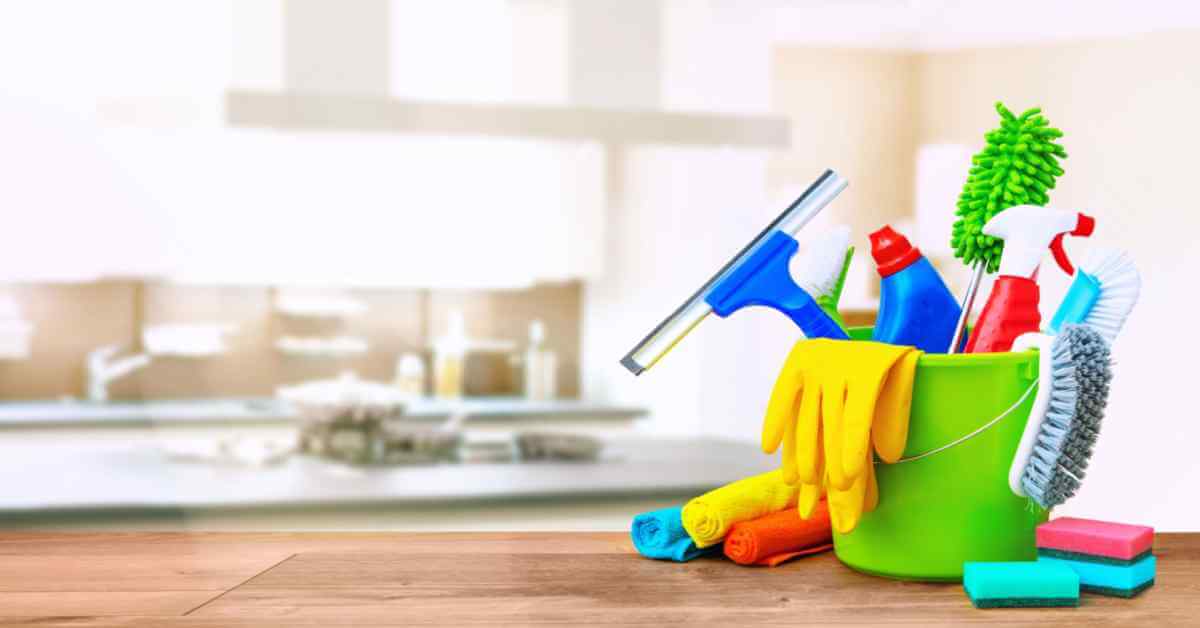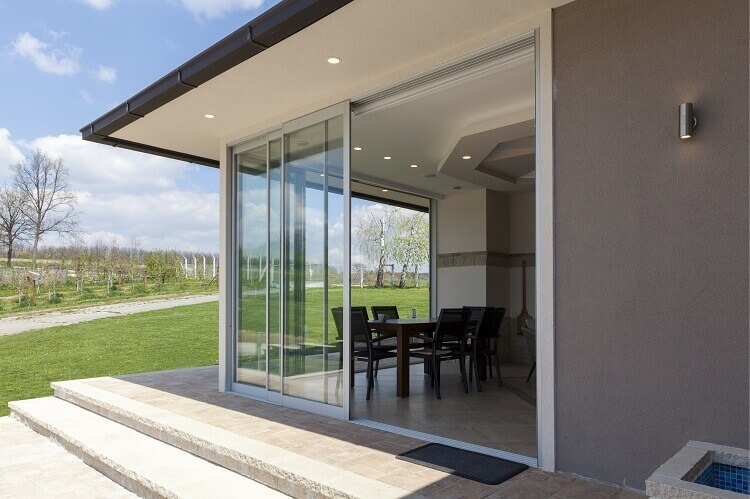Content Attributes
Key Takeaways:
- Air duct inspection and cleaning are essential for maintaining clean and healthy indoor air.
- Dirty air ducts can negatively impact indoor air quality and pose health risks.
- Regular duct inspection offers benefits such as improved indoor air quality, energy efficiency, extended HVAC system lifespan, and reduced allergens and odors.
- Signs that indicate the need for air duct inspection include unusual odors, inconsistencies in airflow, and excessive dust and allergens.
- It involves the use of specialized tools and techniques to identify issues like leaks, mold growth, and blockages.
- Thorough cleaning and maintenance are crucial after an air duct inspection to improve indoor air quality and ensure HVAC system efficiency.
- When choosing a professional for air duct inspection, consider their qualifications, the tools and techniques they use, and compare quotes and services for the best value.
Air ducts play a crucial role in maintaining the indoor air quality of your home or business. Over time, these ducts can accumulate dust, dirt, allergens, and even mold, which can compromise the health and comfort of the occupants. To ensure clean and healthy indoor air, it is essential to have regular air duct inspections and cleanings. This comprehensive guide will provide you with all the information you need to understand the importance of air duct inspection, identify the signs that indicate the need for inspection, learn about the inspection process, and choose the right professional for the job. Read on to discover how you can improve the air quality in your living or working space.
Why is Air Duct Inspection Essential for Healthy Indoor Air?
Air ducts are responsible for distributing heated or cooled air throughout your property. When these ducts become dirty or clogged, they can negatively impact the indoor air quality. There are several reasons why air duct inspection is essential for maintaining healthy indoor air:
The Impact of Dirty Air Ducts on Indoor Air Quality
Dirty air ducts can significantly affect the quality of the air you breathe indoors. Dust, pet dander, pollen, and other airborne contaminants can accumulate in the ducts over time. When HVAC systems are turned on, these contaminants are circulated throughout your property, leading to poor indoor air quality. This can trigger allergies, asthma attacks, and other respiratory issues. Regular air duct inspection and cleaning can help remove these contaminants and improve indoor air quality.
The Health Risks Associated with Poorly Maintained Air Ducts
In addition to impacting indoor air quality, poorly maintained air ducts can pose health risks. If mold grows in the ducts, it can release spores into the air, which can be harmful when inhaled. Mold spores can cause allergic reactions, respiratory problems, and even infections in individuals with weakened immune systems. Regular inspections can help identify and address mold-related issues before they become a health hazard.
The Benefits of Regular Air Duct Inspection and Cleaning
Regular air duct inspection and cleaning offer numerous benefits, including:
- Improved Indoor Air Quality: By removing dust, allergens, and other contaminants from the air ducts, you can enjoy cleaner and healthier indoor air.
- Energy Efficiency: Clean air ducts allow for better airflow, reducing strain on the HVAC system. This can result in lower energy consumption and reduced utility bills.
- Extended HVAC System Lifespan: When air ducts are clean and well-maintained, the HVAC system operates more efficiently, reducing wear and tear and extending its lifespan.
- Reduced Allergens and Odors: Air duct cleaning can remove accumulated allergens and eliminate unpleasant odors, creating a more comfortable living environment.
The Signs You Need to Schedule an Air Duct Inspection
While regular inspections are essential, certain signs indicate the need for immediate air inspection. It’s important to be aware of these signs and take appropriate action. Here are some common indicators that you should schedule an air duct inspection:
Unusual Odors Coming from Your Vents: What It Could Mean
If you notice strange or unpleasant odors coming from your vents, it could indicate that there are contaminants or mold in the air ducts. These odors may range from musty or moldy smells to burning or rotten egg odors. Investigating and addressing these odors promptly can help prevent further damage to your indoor air quality and ensure a healthier living environment.
Inconsistencies in Airflow: How to Identify Blocked Air Ducts
If you experience inconsistencies in airflow throughout your property, it may indicate that some of your air ducts are blocked or clogged. These blockages can be caused by debris, dust, or even pests. Blocked air ducts can prevent proper air circulation and compromise the effectiveness of your HVAC system. A duct inspection can help identify and resolve these blockages, ensuring even air flow and optimal performance of your heating and cooling system.
Excessive Dust and Allergens: Indicators of Dirty Air Ducts
If you find excessive dust buildup on your furniture, countertops, or floors, even after regular cleaning, it may be a sign of dirty air ducts. When air ducts are clogged with dust, it can be continuously circulated throughout your space, leading to increased dust levels and worsening allergies. If you notice an increase in allergy symptoms or excessive dust accumulation, it’s time to schedule an air duct inspection to address the issue and improve indoor air quality.
The Process of Duct Inspection: What to Expect
An air duct inspection involves a thorough examination of your HVAC system and ductwork to assess their condition and identify any issues. Here is what you can expect during the air duct inspection process:
The Tools and Techniques Used by Professionals
During an air duct inspection, professionals use specialized tools and techniques to ensure a comprehensive evaluation. These may include:
- Remote-controlled cameras: These cameras are inserted into the ductwork to capture images and reveal any signs of damage, blockages, or mold growth.
- Ductwork cleaning equipment: Professionals may use brushes, compressed air, or high-powered vacuums to remove debris, dust, and other contaminants from the ducts.
- Anemometers: These instruments measure airflow and can help identify any inconsistencies or blockages in the system.
Identifying and Assessing Common Air Duct Issues
During the inspection, professionals will carefully examine the condition of your air ducts and assess any potential issues. Common issues that may be identified during an inspection include:
- Leaky ducts: Leaks or gaps in the ductwork can lead to energy losses and reduced system efficiency. Identifying and sealing these leaks can help improve energy efficiency.
- Mold growth: Professionals will check for signs of mold growth, such as discoloration or moisture buildup, as well as take samples for further testing if necessary. If mold is found, remediation measures can be taken to eliminate it.
- Blockages: Blockages caused by debris, dust, or pests can hinder airflow and reduce system performance. Identifying and clearing these blockages is crucial to ensure optimal airflow and efficient HVAC operation.
Understanding the Importance of Thorough Cleaning and Maintenance
After identifying any issues during the inspection, professionals will recommend appropriate cleaning and maintenance measures. Thorough cleaning of the air ducts involves removing accumulated dust, debris, and contaminants to improve indoor air quality. Regular maintenance, including filter replacements and system checks, will also be recommended to ensure the long-term efficiency and performance of your HVAC system.
Choosing the Right Professional for Your Air Duct Inspection
Selecting the right professional for your air duct inspection is vital to ensure a thorough evaluation and effective solutions. Here are some factors to consider when choosing an air duct inspector:
Qualifications and Certifications to Look for in an Air Duct Inspector
When hiring an air duct inspector, it’s crucial to ensure they have the necessary qualifications and certifications. Look for professionals who are certified by reputable organizations, such as the National Air Duct Cleaners Association (NADCA). Certification ensures that the inspector has undergone training and possesses the required knowledge and skills to perform air duct inspections.
Important Questions to Ask Before Hiring a Professional
Before hiring an air duct inspector, be sure to ask the following questions to ensure you make an informed decision:
- How long have you been in the air duct inspection industry?
- What tools and techniques do you use during inspections?
- Can you provide references or testimonials from previous clients?
- What additional services do you offer besides air duct inspection?
Comparing Quotes and Evaluating Services for the Best Value
When selecting a professional for your air duct inspection, it’s advisable to obtain quotes from multiple providers and compare their services and prices. However, it’s important to prioritize the quality of service over cost alone. Consider the reputation of the company, customer reviews, and the thoroughness of its inspection process when evaluating the value they provide.
By following these guidelines and choosing a qualified professional, you can ensure a comprehensive and effective air duct inspection that will contribute to clean and healthy indoor air.
FAQ
It is important because dirty air ducts can negatively impact indoor air quality and pose health risks. Regular inspection and cleaning can improve indoor air quality, energy efficiency, and HVAC system lifespan, and reduce allergens and odors.
Signs that indicate the need for duct inspection include unusual odors coming from vents, inconsistencies in airflow, and excessive dust and allergens in the living space.
Regular air duct inspection and cleaning offer benefits such as improved indoor air quality, energy efficiency, extended HVAC system lifespan, and reduced allergens and odors.
Dirty air ducts accumulate dust, pet dander, pollen, and other airborne contaminants, which are circulated throughout the property when HVAC systems are turned on, leading to poor indoor air quality and respiratory issues.
Poorly maintained air ducts can release mold spores into the air, which can cause allergic reactions, respiratory problems, and infections in individuals with weakened immune systems.
Air duct inspection involves using specialized tools like remote-controlled cameras, ductwork cleaning equipment, and anemometers to identify issues such as leaks, mold growth, and blockages.



